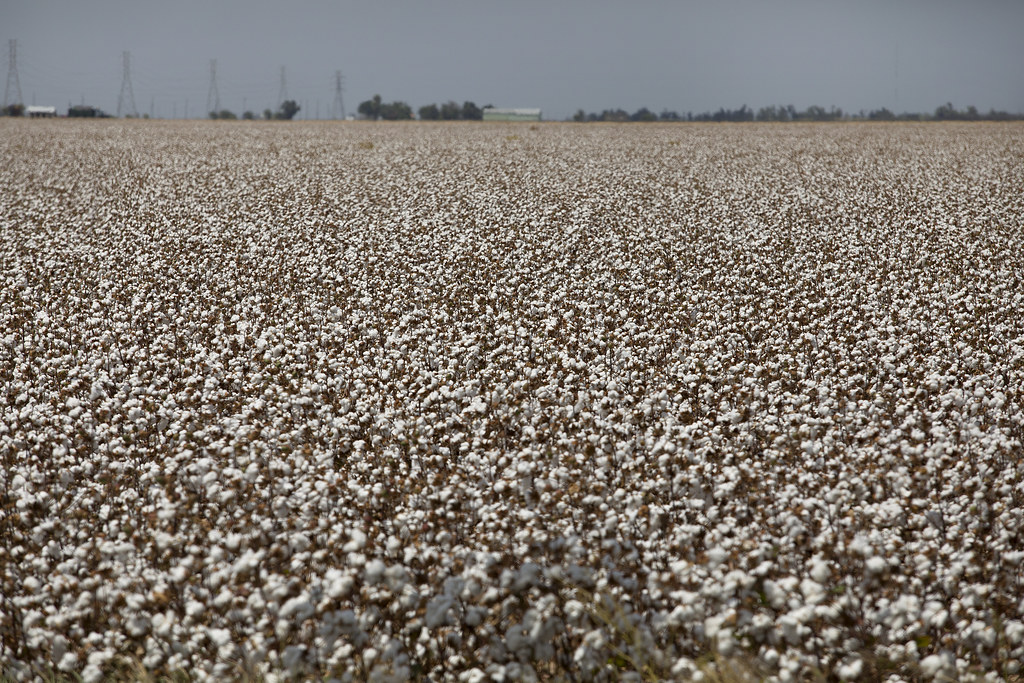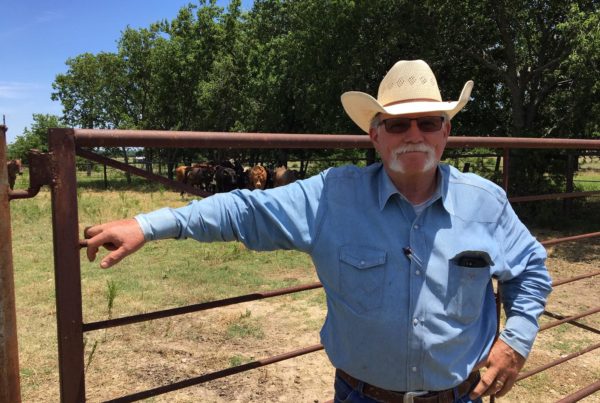Eight years ago, Texas had its driest year on record. In 2011, an average of only 14.8 inches of rain fell, leaving farmers and ranchers across the Lone Star State scrambling to produce crops in spite of the drought. This year, though, farmers in Texas are facing similar production difficulties, but because of too much rain.
Jourdan Bell, an agronomist at Texas A&M AgriLife Research and Extension Center in Amarillo, says cotton farmers are experiencing the brunt of this weather.
“I have visited with producers who have had anywhere from 10 to over 20 inches of rain since May 1,” Bell says. “And it hasn’t just been the extensive amount of rainfall, but also the very cool conditions that have resulted in seedling disease; we’ve had soil crusting that has prevented emergens.”
The rain is also affecting corn crops.
“Corn usually can tolerate those cooler, wetter conditions,” Bell says. “But we’ve had extended periods of cool weather.”
Bell says some Texas producers are worried that this year may be economically worse than 2011.
“I’m still hearing reports every day of producers who had to terminate fields or have lost complete stands,” Bell says. “There’s a lot of moving pieces for farmers up here.”
Farmers are beginning to look at alternatives to cotton because of the severe weather, but most crops are not as lucrative.
Beyond the weather, farmers are also concerned about tariffs.
“As we look at how even the cattle market responds to what’s happening politically, there’s lots of concerns all across the board,” Bell says.
Written by Chloe Bennett.

















